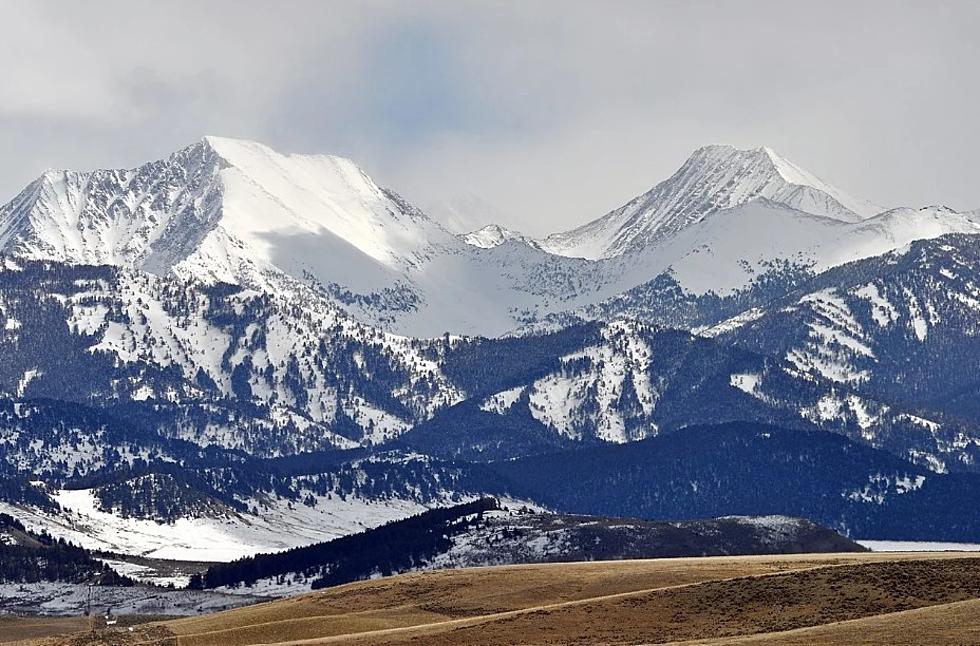
Trail access to Montana’s Crazy Mountains lands at Ninth Circuit
Alanna Mayham
PORTLAND, Ore. (CN) — The U.S. Forest Service's decision to close two public trails in Montana’s Crazy Mountains made its way to the Ninth Circuit on Tuesday, as the panel pondered whether the service can legally negotiate land easements with private landowners behind closed doors.
The case stems from a 2019 lawsuit led by Friends of Crazy Mountains, which claimed the service violated federal law when it approved a trail relocation project in Montana’s Crazy Mountains. The plaintiff conversation and sporting groups oppose the relinquishment of once-public trails that intersect with private property, a move that appeases landowners who have been obstructing public access to the trails for the past 21 years.
In what is now a checkerboard of state, federal and private land, the Crazy Mountains, or “Crazies,” in the Custer Gallatin National Forest are said to be an island range of mountains that have long been a spiritual landmark for the Crow Nation of Montana. The Crazies’ windswept peaks have been largely accessible through National Forest System trails since 1925, though the plaintiffs say four trails — two on the west side and two on the east — have been officially closed since 2017 due to local landowners' efforts.
As the story goes, some landowners began obstructing public access to the western Porcupine Lowline trail in 2002 — using locked gates, barbed wire and signs indicating private property or “no forest service access.” Some even went as far as to remove, cover or destroy National Forest System signs and cover or obliterate trails, the groups claim.
Even though the federal forestry service had long taken steps to maintain public access to the four trails, it eventually conceded to landowners in 2004 and held closed-door negotiations. In 2018, the service and landowners reached a tentative agreement to reroute the Porcupine Lowline trail, but only if the service relinquished any potential interests it had across the trail, along with interests in the other western North Fork Elk Creek trail route.
The groups claimed the service relinquished public access rights to the trails to reroute them without completing the analysis required by the National Environmental Policy Act, abandoning its responsibility to the public.
U.S. District Judge Susan P. Watters disagreed in 2022, siding with the defendants. The service had never secured a “perfected easement interest in the trails,” she explained, and the landowners have long disputed the federal agency's access rights to the trails on private property. In addition, the judge found the service’s 2009 environmental assessment sufficiently analyzed the projects’ environmental impacts.
The plaintiffs quickly appealed, arguing in an opening brief that the project was planned without meaningful public input: When some individuals were allowed to submit scoping comments, the service ignored concerns around hunting, big game habitat, fisheries, aquatic habitat and the loss of easements on trails once reserved in earlier railroad deeds.
Instead, the service canceled the public comment process, stating the project didn't require analysis under the National Environmental Policy Act because it was already discussed and analyzed in earlier impact statements for a 2006 travel plan and a related 2009 environmental assessment.
On Tuesday, U.S Circuit Judge Lucy H. Koh, a Biden appointee, questioned whether the plaintiffs could have brought a challenge to the service’s 2009 environmental impact statement, since they were unaware of its existence until 2018.
Attorney Matt Bishop from the Western Environmental Law Center, who argued the specific trail relocation was never in the earlier assessments at all, responded in turn.
“If, however, the Ibex project — as revealed to the public for the first time in 2018 — is not part of those previous NEPA analyses, then we should prevail," Bishop said, "because that means they never did NEPA for that particular project, which is required by law.”
When Koh pointed to caselaw stating that information disclosed in prior documents is sufficient notice, Bishop argued that the service’s proposal within its environmental assessment asserted that the agency was considering moving some portions of the trail to national forest lands — not that it was relinquishing all easement rights on existing trails.
Justice Department attorney Robert Stockman argued on behalf of the U.S. Forest Service. The agency’s intent wasn't opaque, he said, but rather was covered under its scoping notice. However, he admitted that if the plaintiffs wanted to challenge the precise location or route of the trails back in 2009, they could not have raised the issue back then.
Attorney Paige Gilliard of the Pacific Legal Foundation represented the landowners, arguing that the service did not own a real property interest in her client’s land before the land agreement, making the requirement of an analysis irrelevant.
“The characterization of this project as involving either in exchange of easement interests or a release of easements is simply inaccurate and was properly rejected by the district court,” Gilliard said.
Sitting from the District Court of Hawaii, Senior U.S. District Judge David A. Ezra said the case is unusual because landowners are typically adversaries of the federal forest service.
“I think in all the environmental cases I’ve ever handled in 36 years as a judge, I don’t remember any like this,” the Reagan appointee said.
Gilliard agreed. “Here, the Forest Service and my clients were able to reach a beneficial agreement that actually provided guaranteed perpetual public access for the public while also respecting their private property rights.”
During Bishop’s brief rebuttal, he reminded the judges that the earlier assessments never mentioned relinquishing the Elk Creek trail or prohibiting motorcycle usage. The service also said it would conduct a National Environmental Policy Act analysis, but never did.
The judges — including U.S. Circuit Judge Jennifer Sung, another Biden appointee — considered the arguments, adjourning the hearing without indicating how they may lean.
